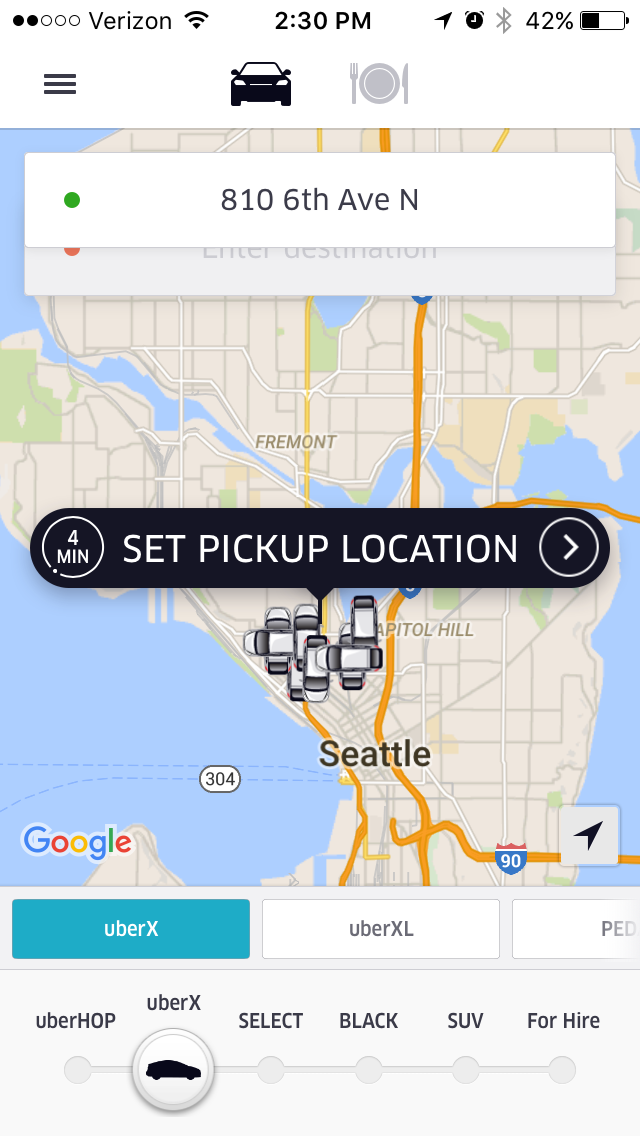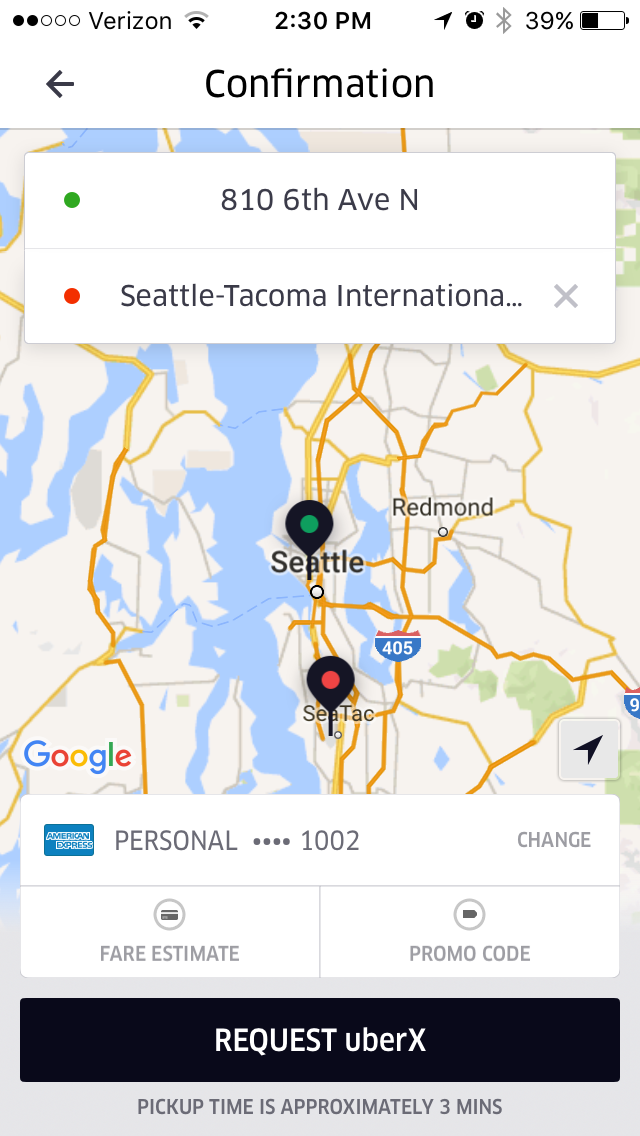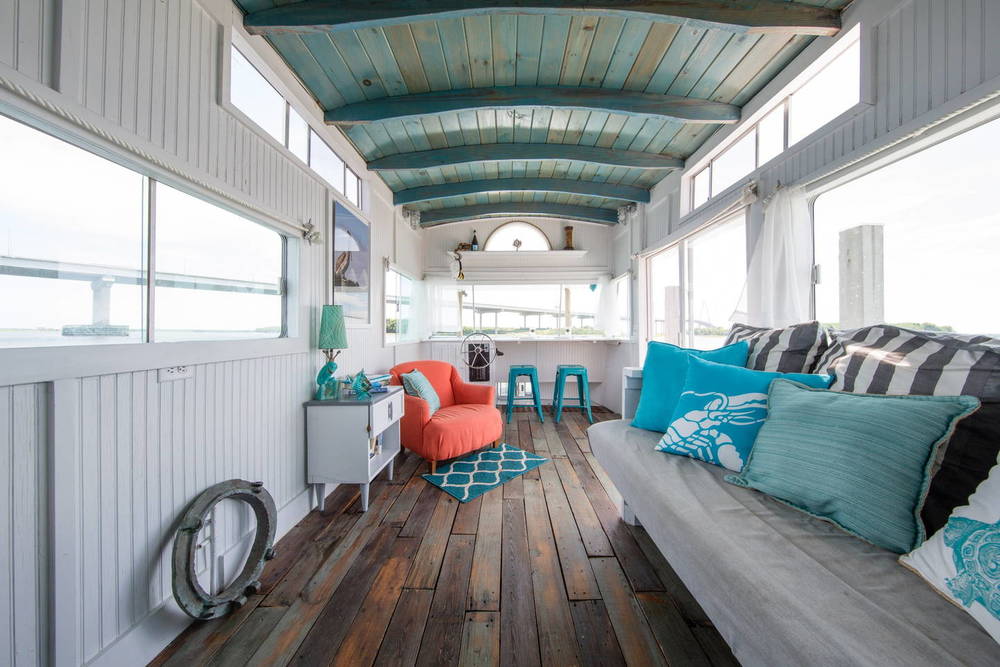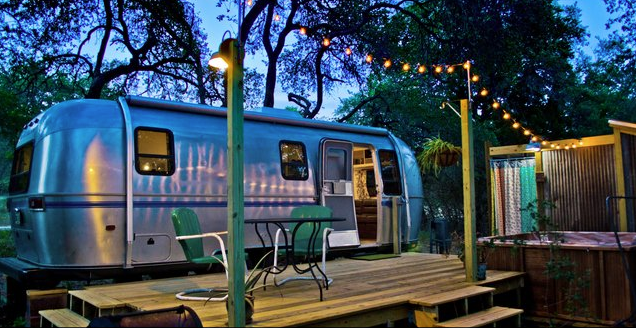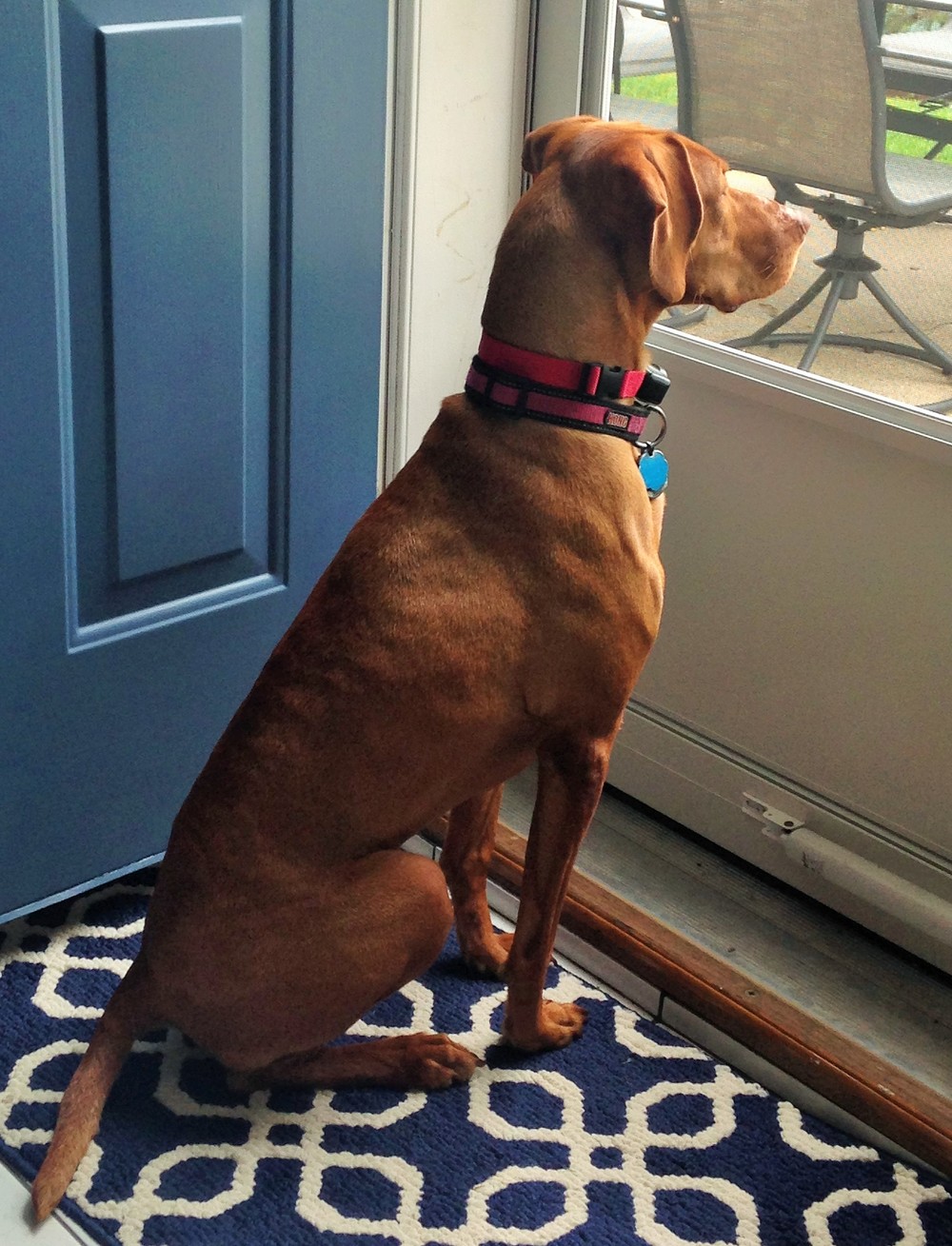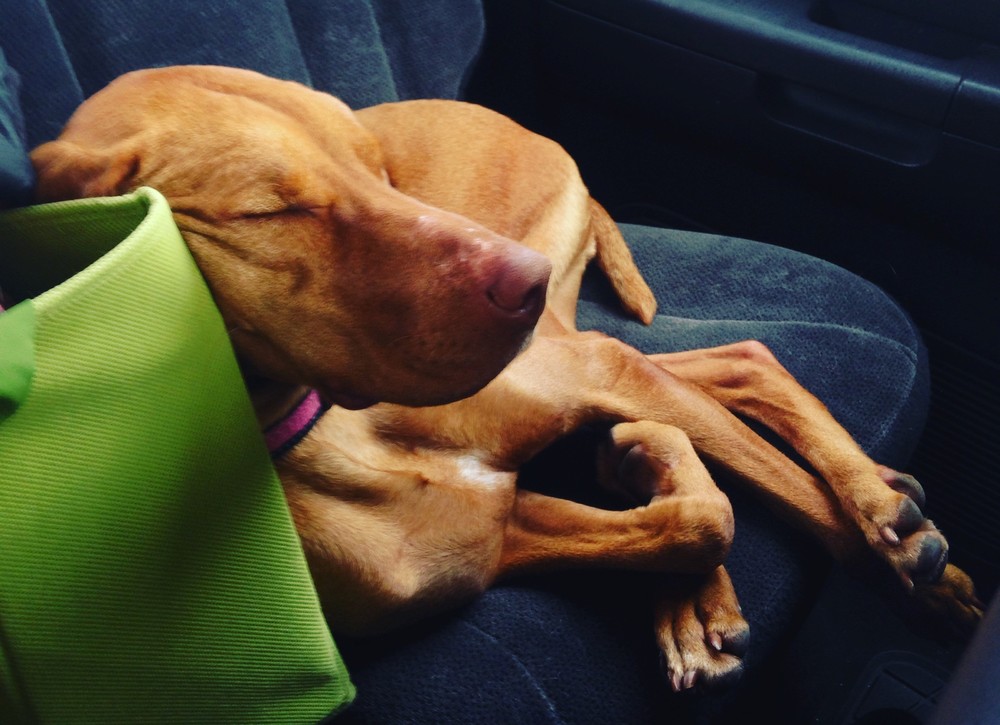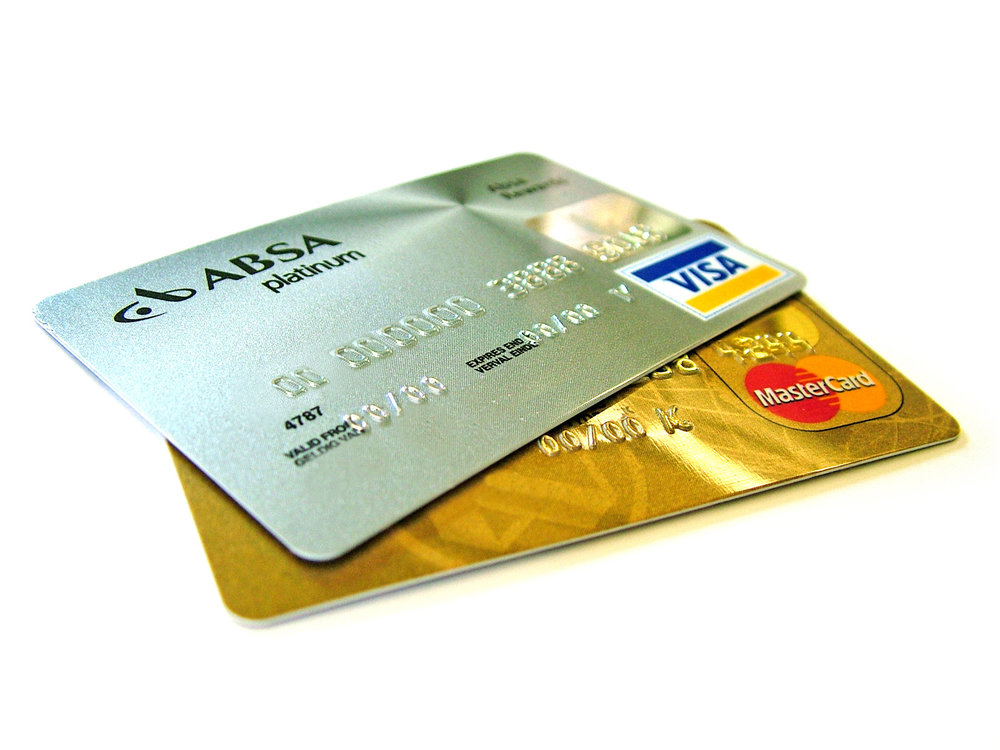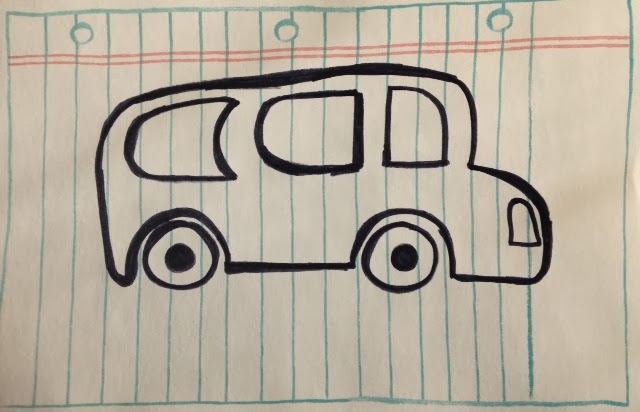
I’ve delved deep into the world of health insurance quite a few times, even more so after having some major ankle surgeries. I’ve delved, my friends, I’ve delved. It was a painful and frustrating learning process and insurance is CONFUSING. First, let's talk about acronyms. These are a sampling of healthcare options out there that you may be waffling between. Let me pass on the translations I've learned so far:
Health maintenance organization (HMO):
In this insurance setup, you’ll have your primary care doctor as your go-to. Everything else (think specialists, hospitals) is set up through that doctor. It’s a very common plan and generally lower cost than its close cousin, the preferred provider plan (PPO), which doesn’t have a set home base/primary care doctor.
HMOs might be great for you if:
-
You’re predictable! You’re consistent!
-
Your cup of doctor tea is just a regular old checkup. No fuss.
-
You’re thinking about having a baby sometime soon (they’re expensive and you want all the insurance coverage you can get).
Preferred provider plan (PPO):
On a PPO plan, you’ll have a whole gang of health care providers and you can go to any of them without a referral. Think of HMO as one BFF and PPO as a giant friend circle.
PPOs might be great for you if:
-
You visit specialists.
-
Your medical regime isn’t always super predictable and you want flexibility without the fuss.
-
You’re prone to emergency health issues.
-
You’re thinking about having a baby sometime soon (just to reiterate: they’re expensive and you want all the insurance coverage you can get).
High deductible health plan (HDHP):
This plan is refreshingly clearly named. With an HDHP, insurance kicks in only after you’ve paid your full deductible (usually somewhere in the $1200 range for singles and $2500 for families). Frequently, you’ll see these plans paired with a health savings account (HSA) that allows you to contribute funds tax-free for any medical expense (such as meeting the aforementioned high deductible).
HDHP might be great for you if:
-
You’re young!
-
You’re in good health!
-
You don’t have any recurring medications!
-
You’d rather take a little risk with a high deductible if it means lower costs and possibly saving money (that is, if you have an HSA too).
When it comes right down to it, choosing a health plan is not clear cut or intuitive. Do the math. That’s right. Crunch the numbers for each health plan and your anticipated expenses in the next year to help make your decision. You’ll feel really grown up and you officially get five gold stars for being an adult.
Five tips on using your health insurance.
-
Call the customer service line. Call often, call quickly, and don’t hesitate. Insurance is really confusing to twenty-somethings (and thirty-somethings, and forty-somethings, and probably everyone)—and no shame, there wasn’t a formal training you missed. Getting on the phone with a service representative will really help make sense of your plan and anticipated costs. I once called my insurance company and the guy on the other line was so helpful he walked me through how to bill my insurance for a recurring appointment so it was $25 instead of $150 per visit. That saved me a LOT of money. It’s worth giving them a ring.
-
If you’re on a PPO, know your copays, deductibles, and out-of-pocket maxes. It should be on your insurance portal or the thick packet you’re given when you start a job. If you don’t know, call them! Figure out what counts toward your deductible and when you’re going to hit it. I hit my out of pocket max mid-way through the year after an ankle surgery and was able to get the second ankle surgery (billed to insurance at a whopping $28K) virtually free because I had already hit my max (and I don’t wish two ankle surgeries on anyone). Know when you hit your limits and plan your surgeries accordingly!
-
For recurring prescriptions, try using mail-order pharmacies. They’ll often offer a discount for recurring prescriptions (like birth control).
-
For you HSA folks out there, it’s good to remember that you get to keep your money, even if you switch jobs. The money you put into an HSA is tax free, and some folks even suggest treating it a little bit like a retirement savings vehicle. Put money into it consistently while you’re young and you’ll be able to use that money when you get old and inevitably have some health needs.
-
Look into temporary health insurance if you’re going to have a gap between jobs or life events. Plans start at as low as $28 a month and this gives you peace of mind in between insurance coverage. Even if it’s only a month, look into temporary coverage because unexpected health crises can easily suck up all of your savings.





